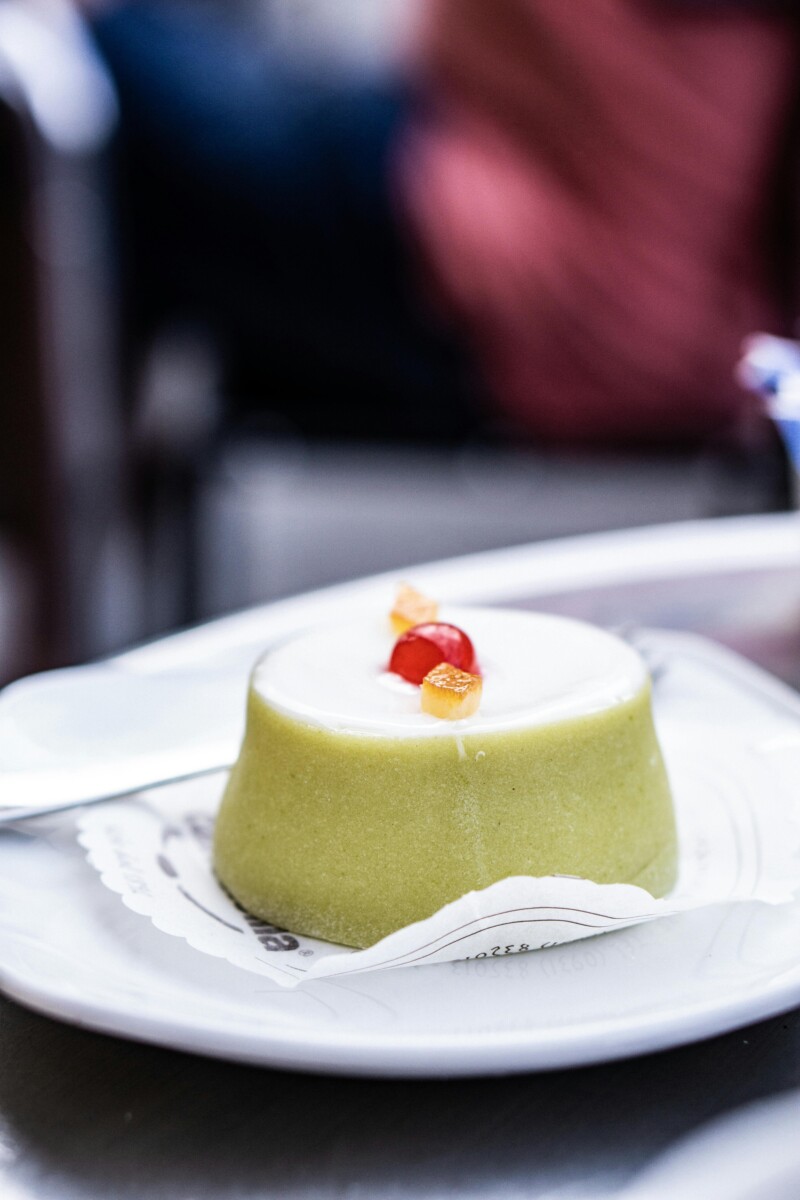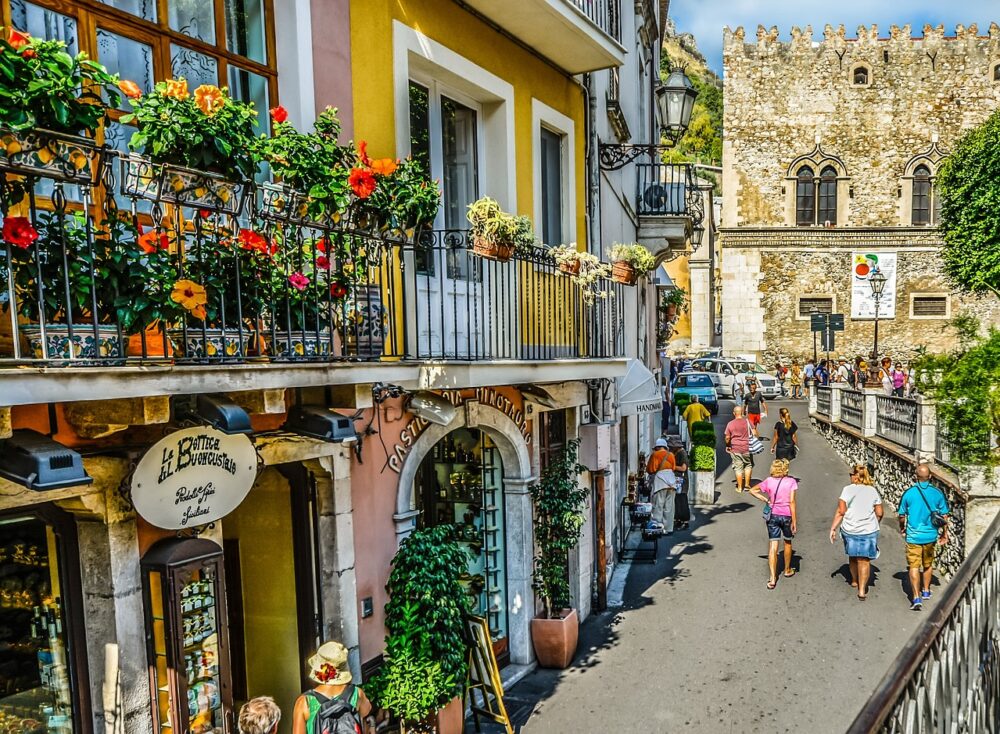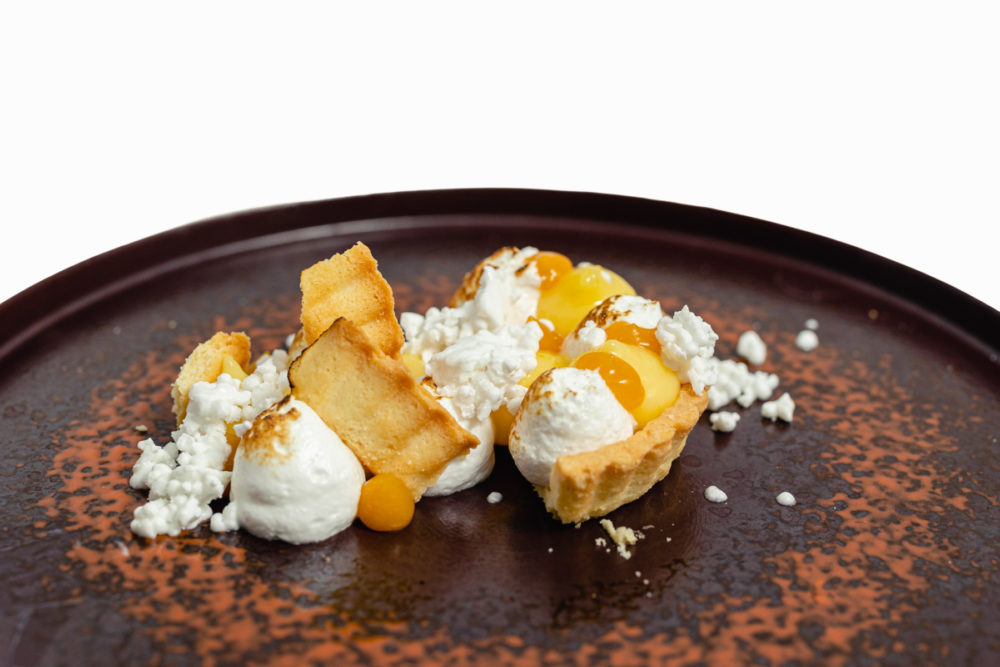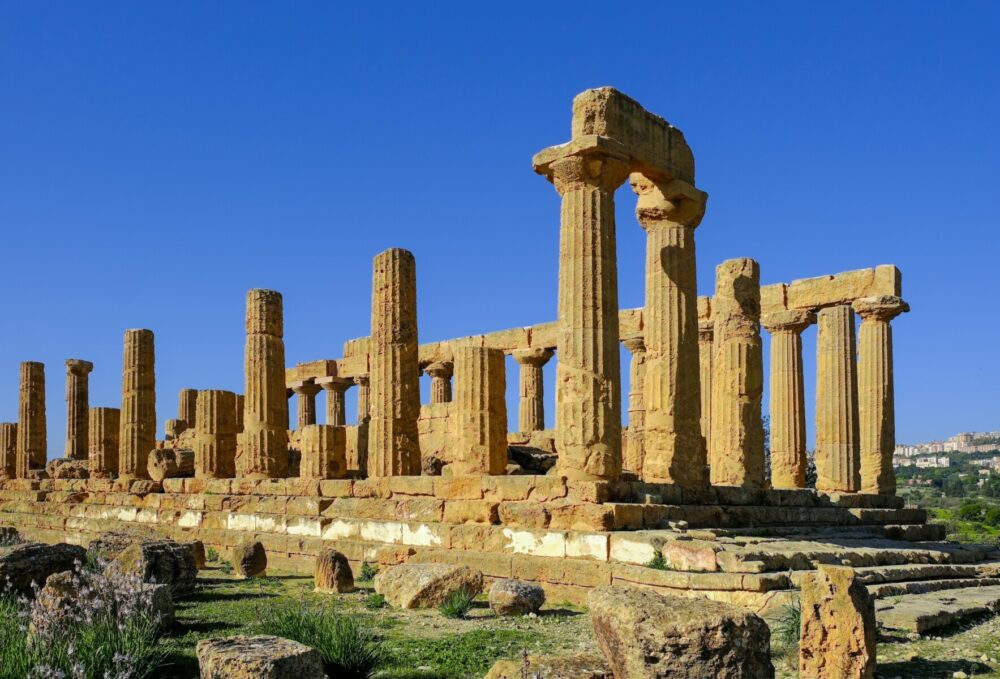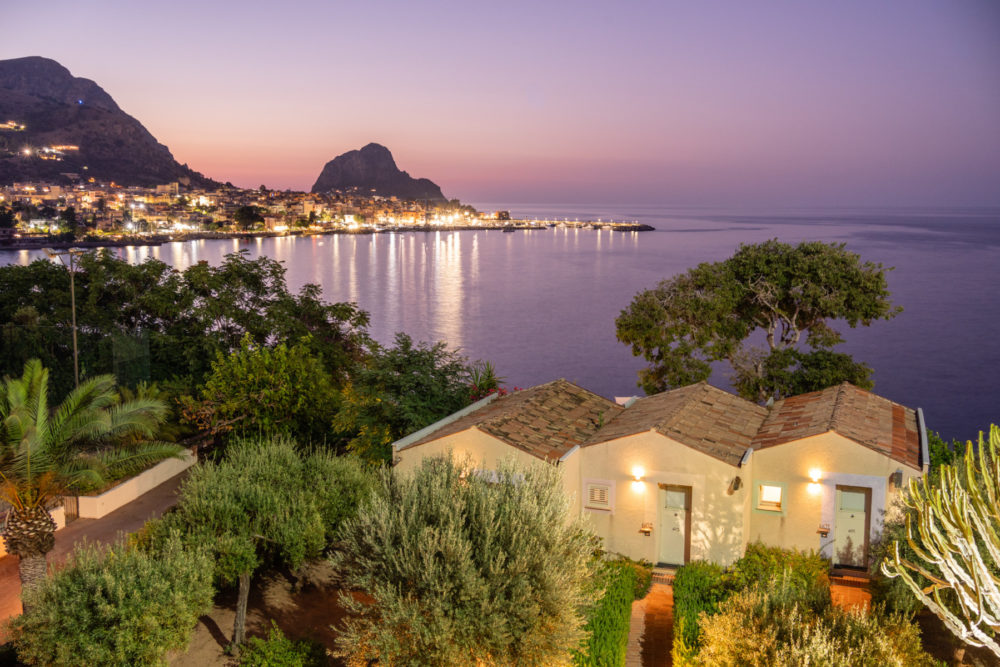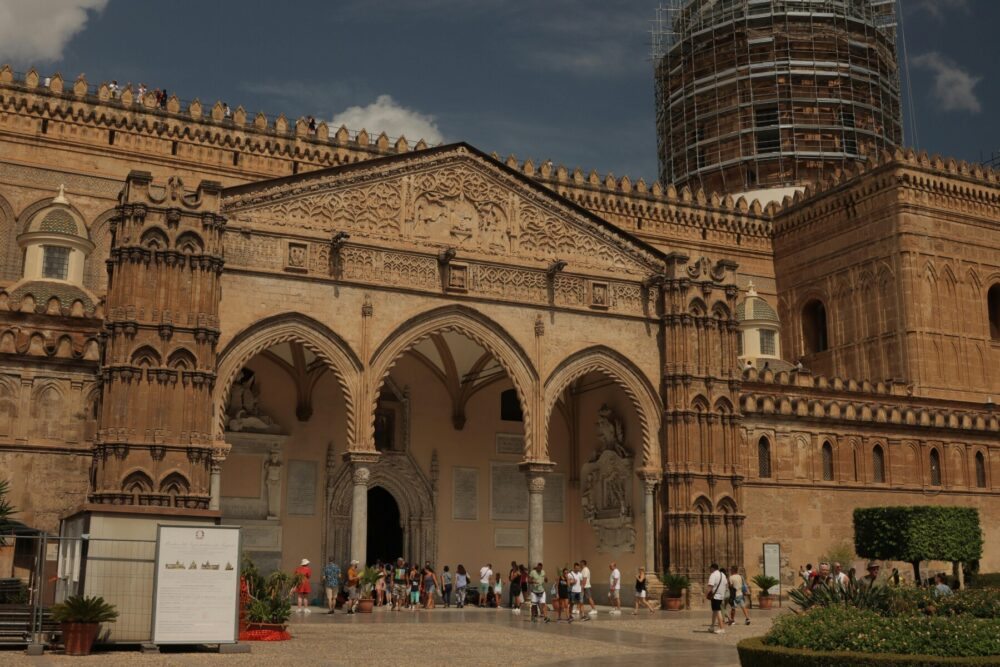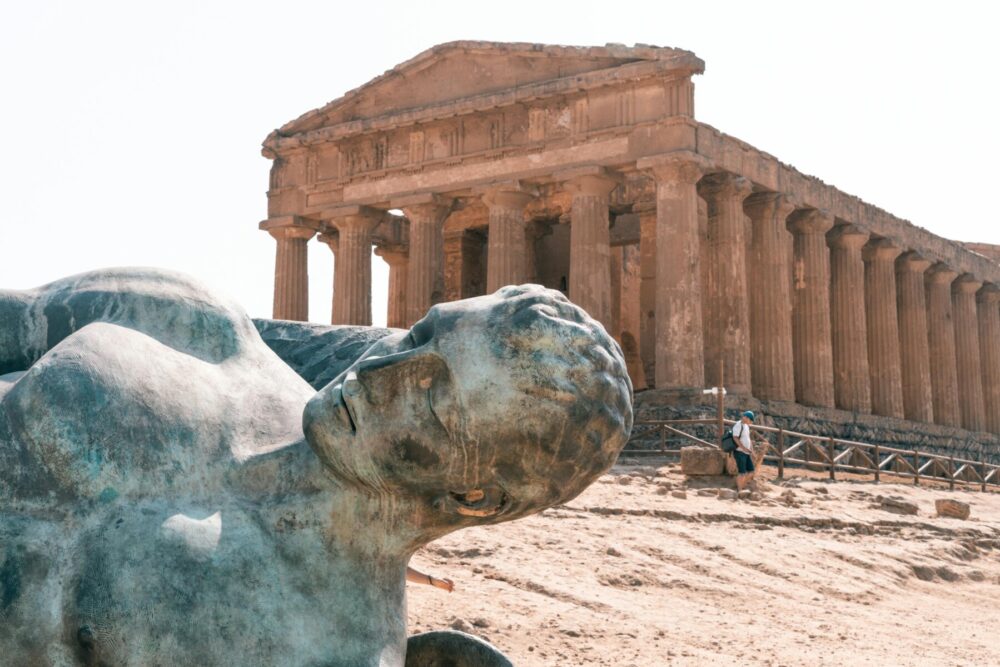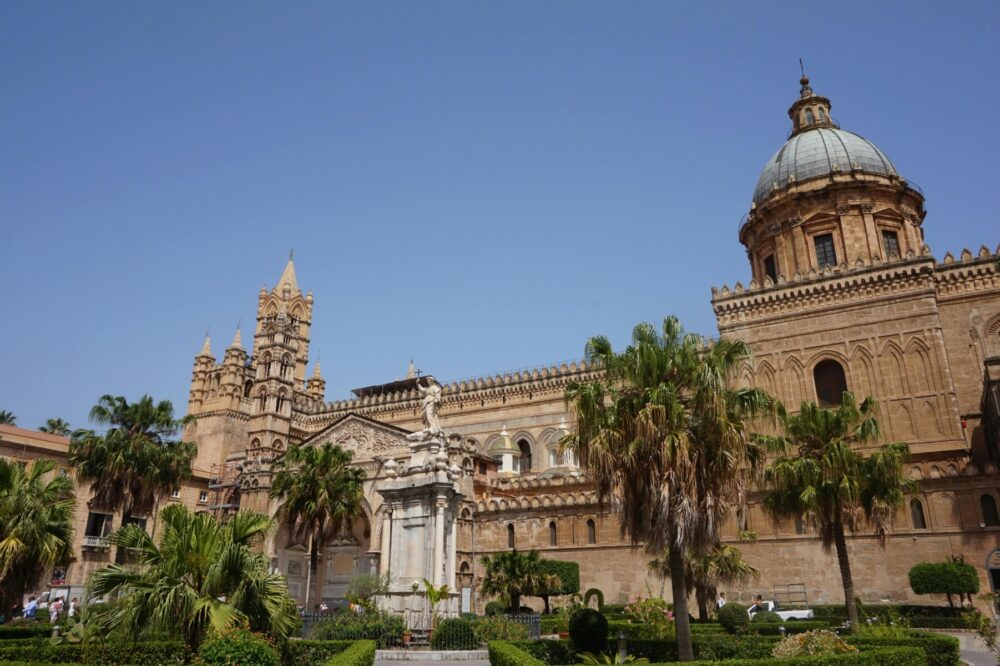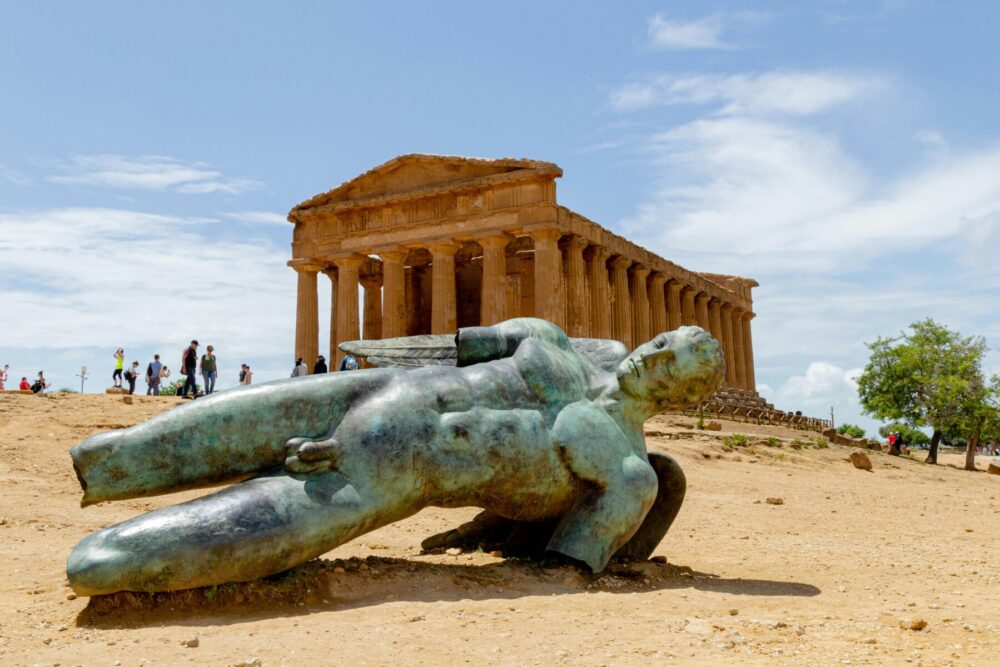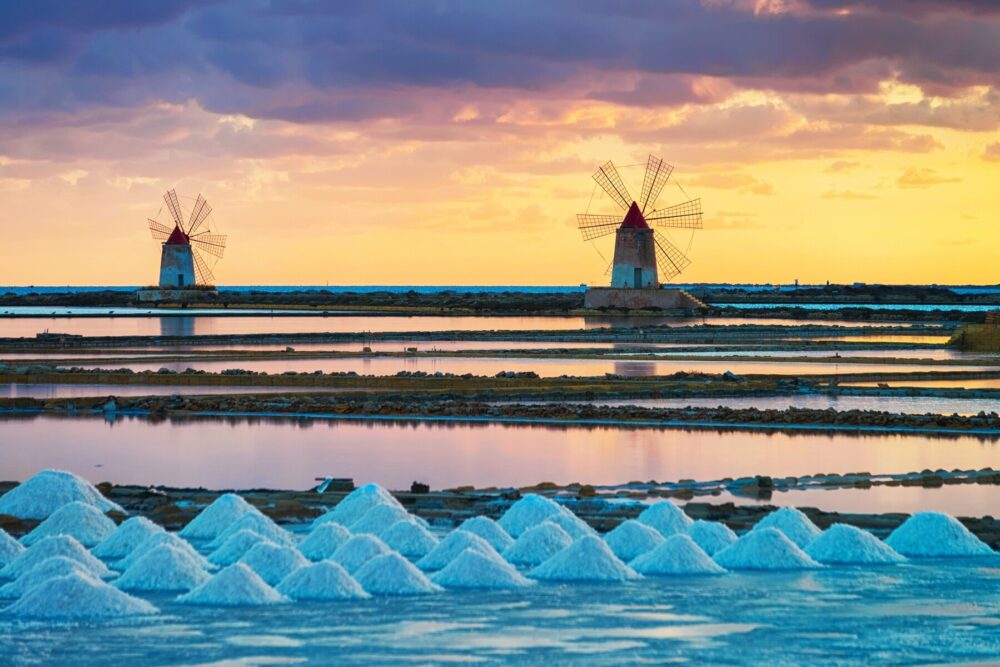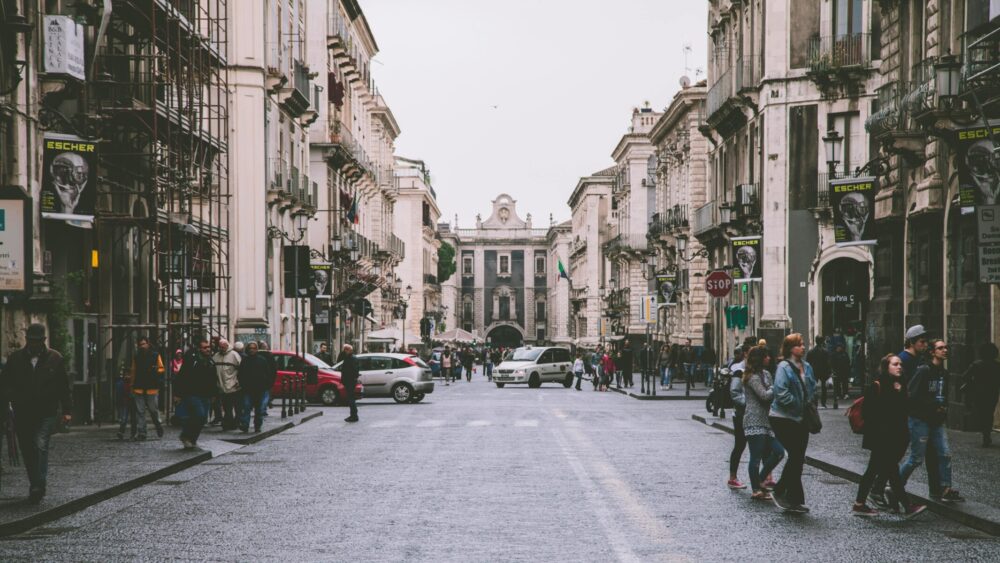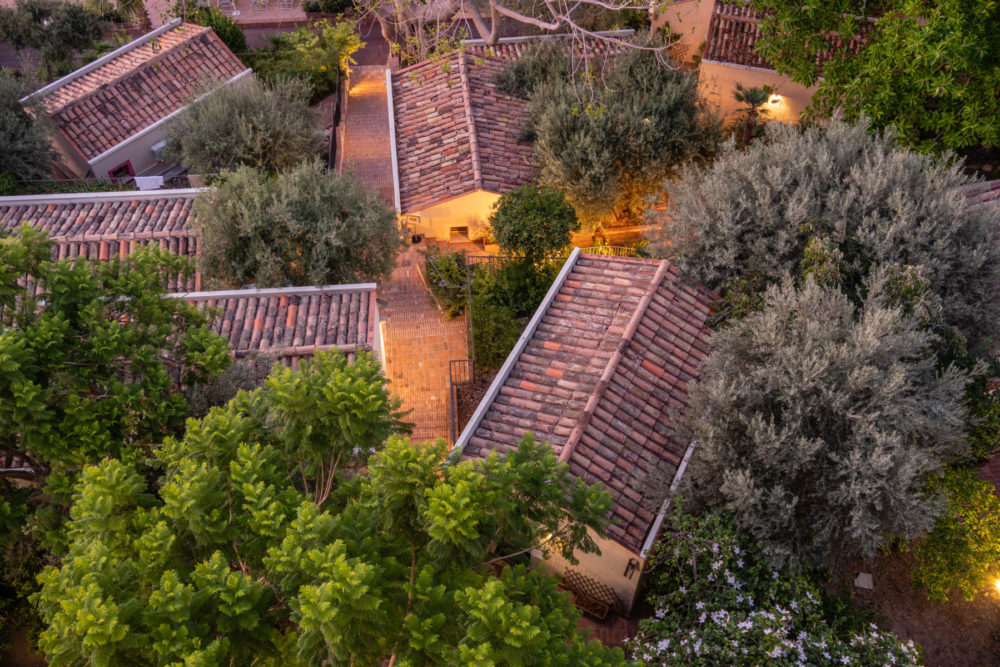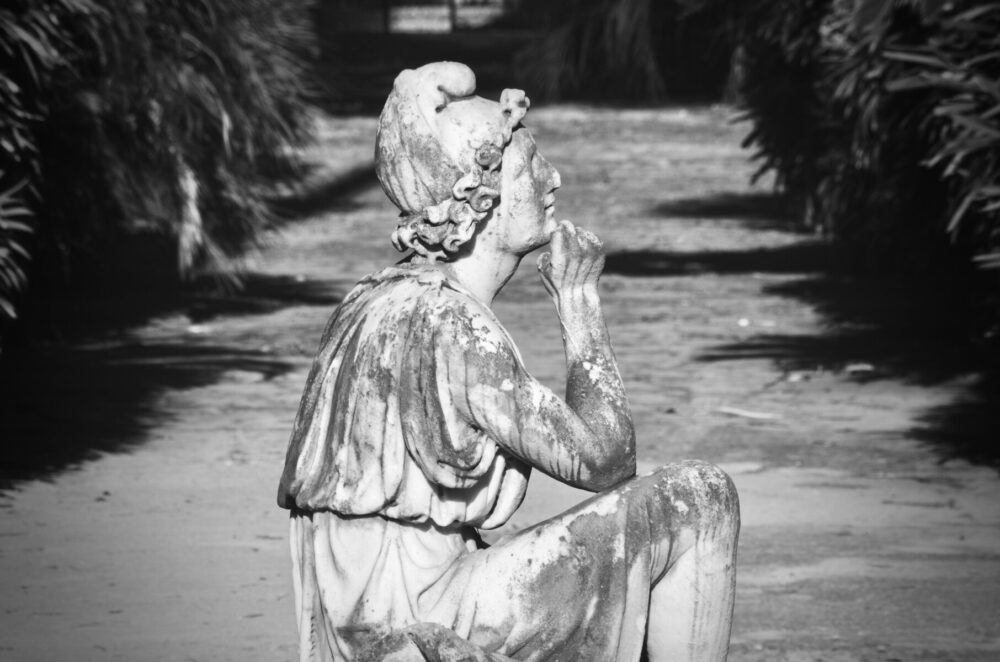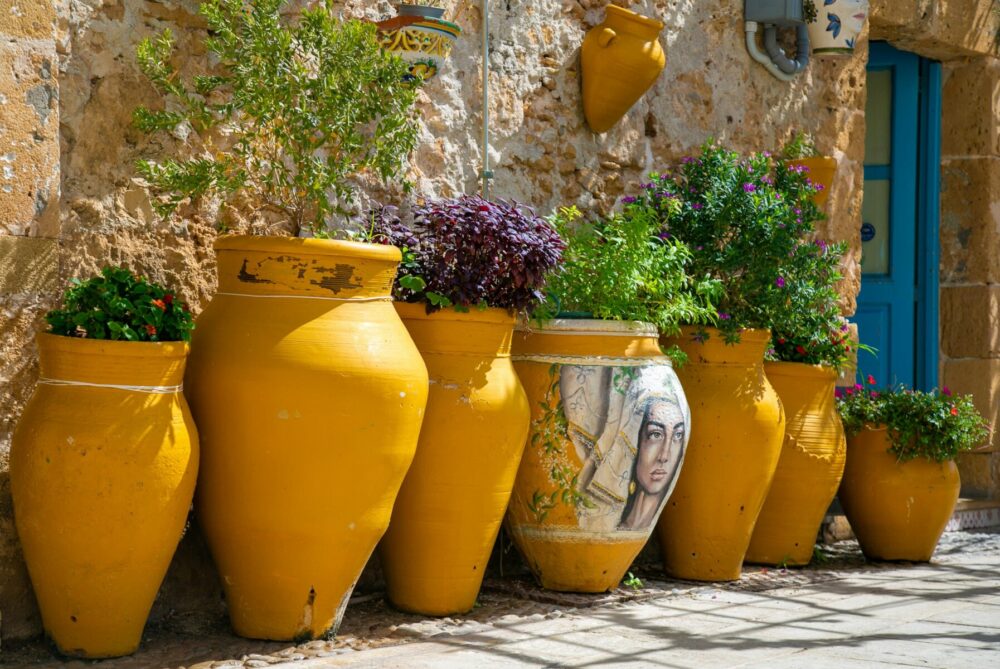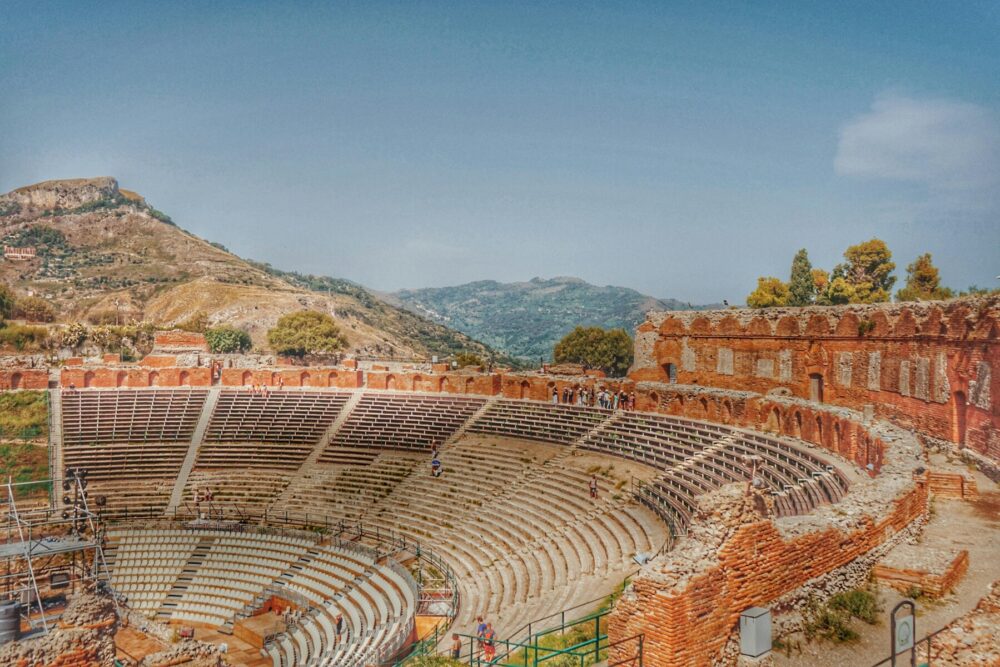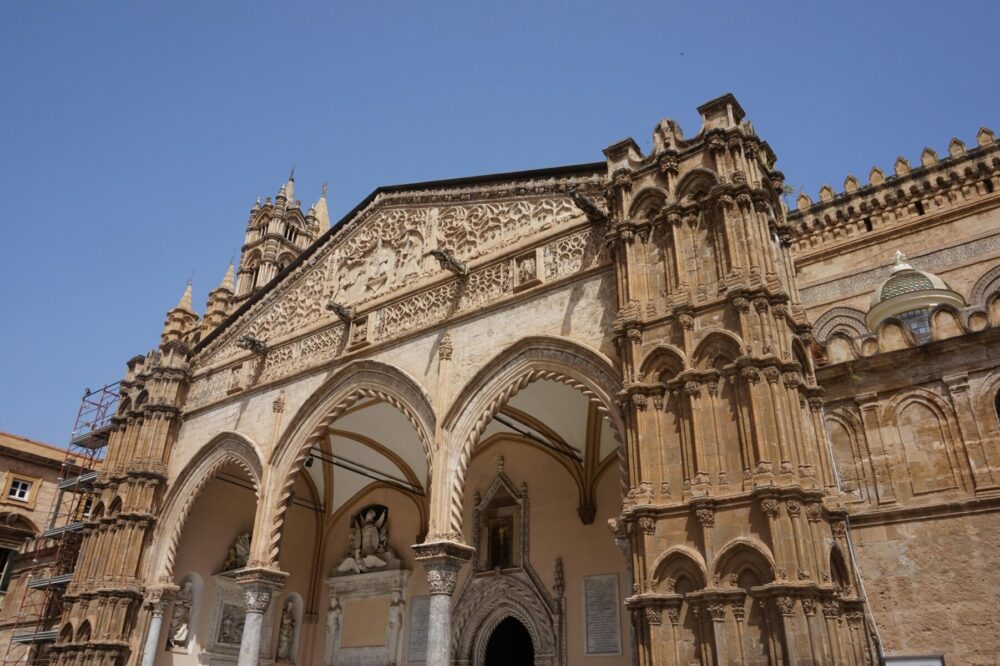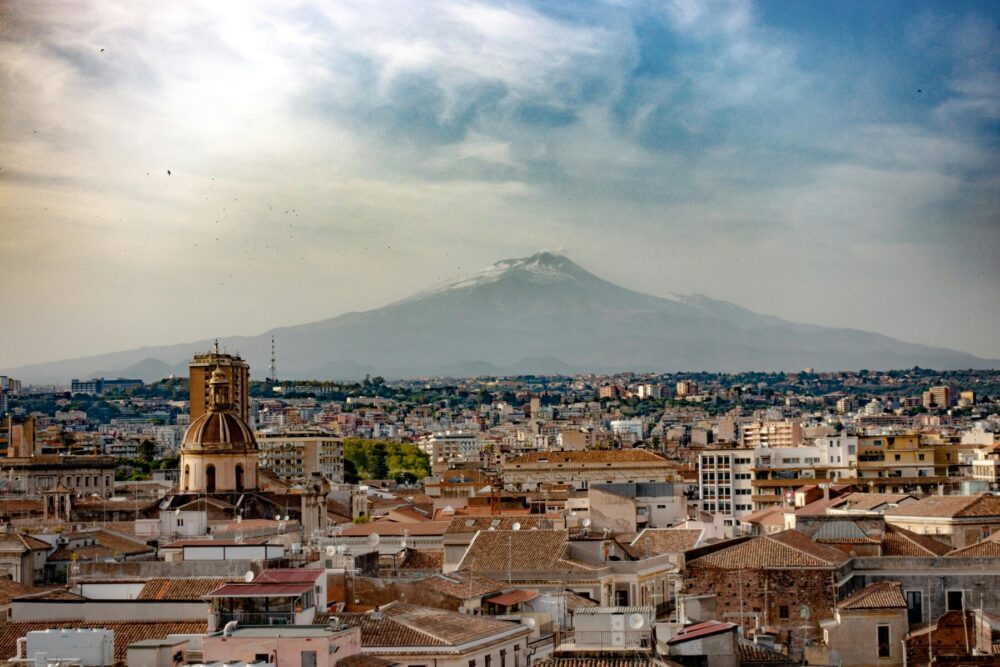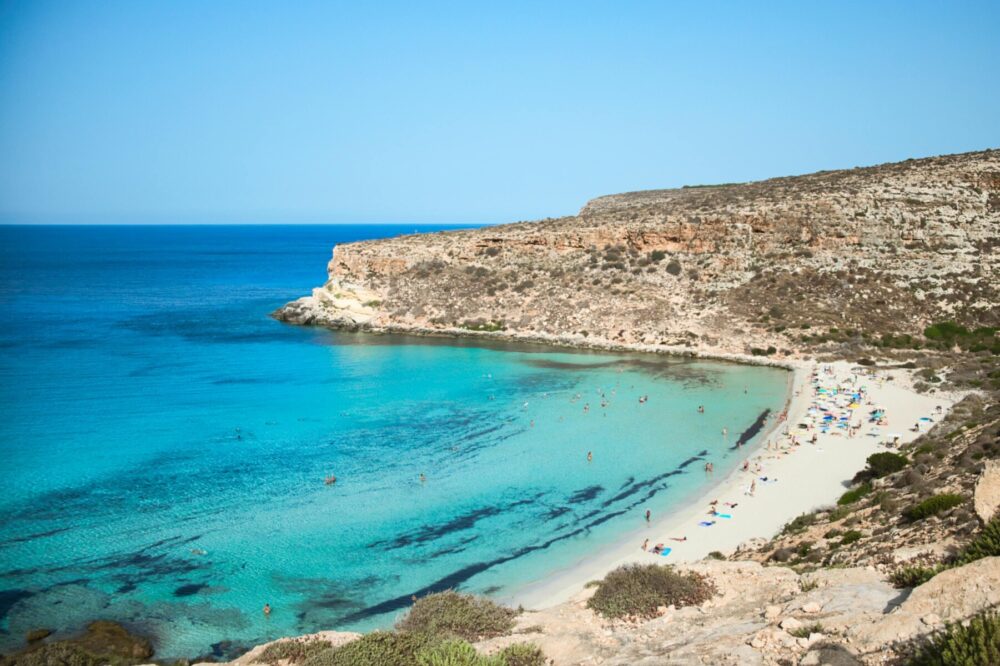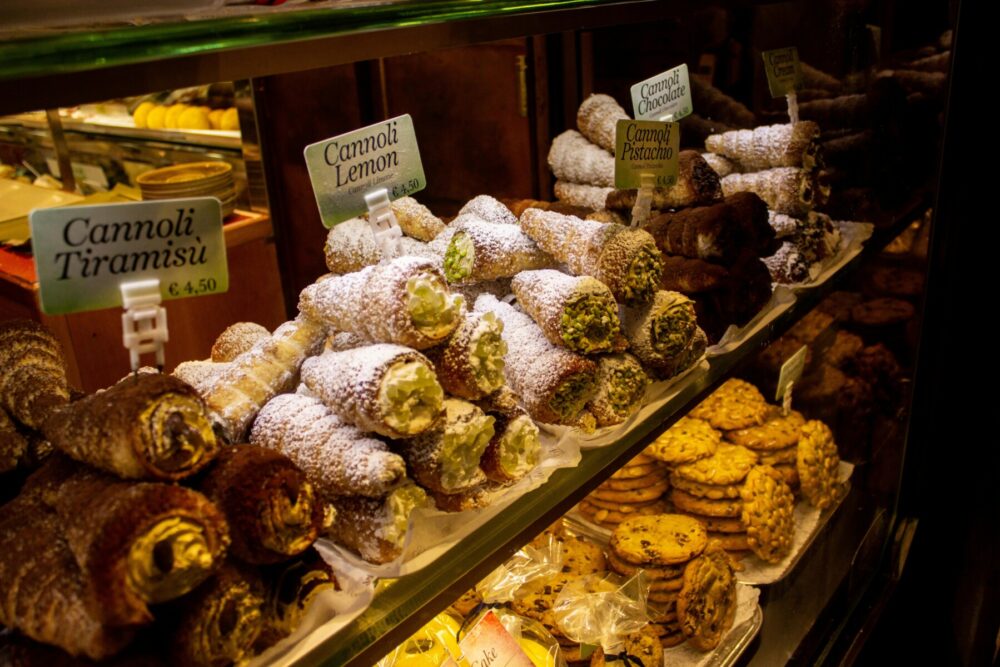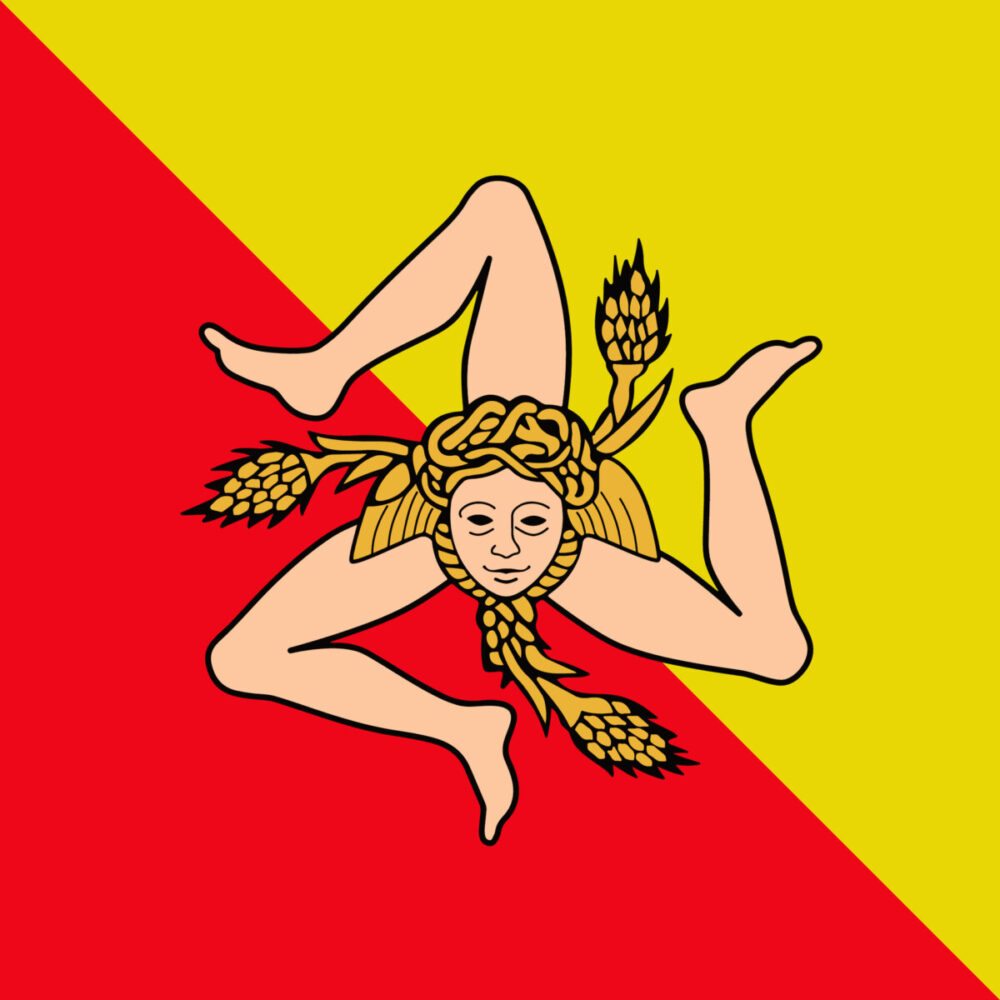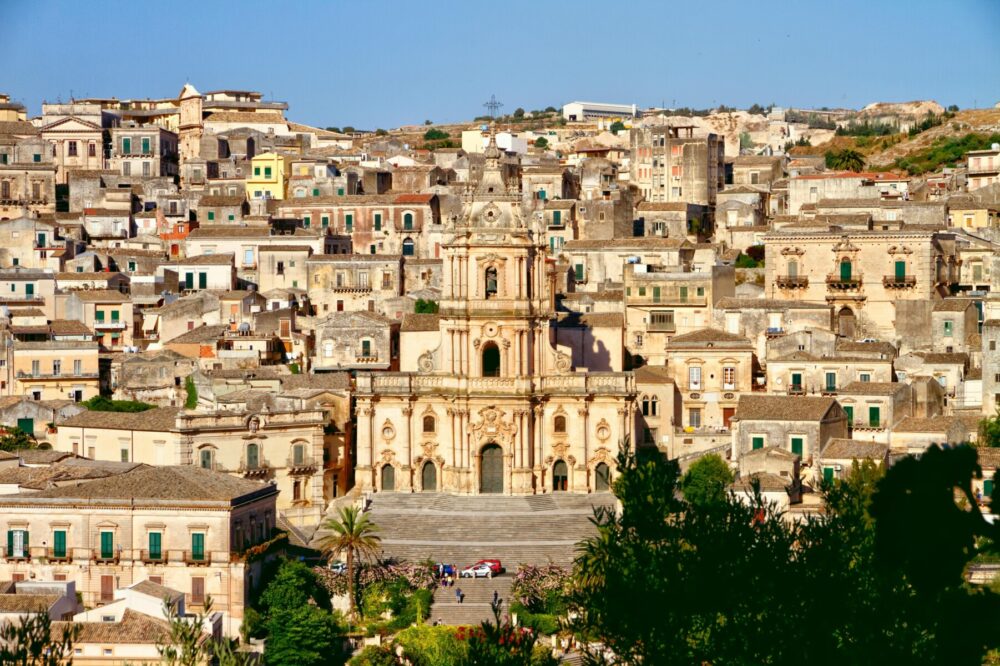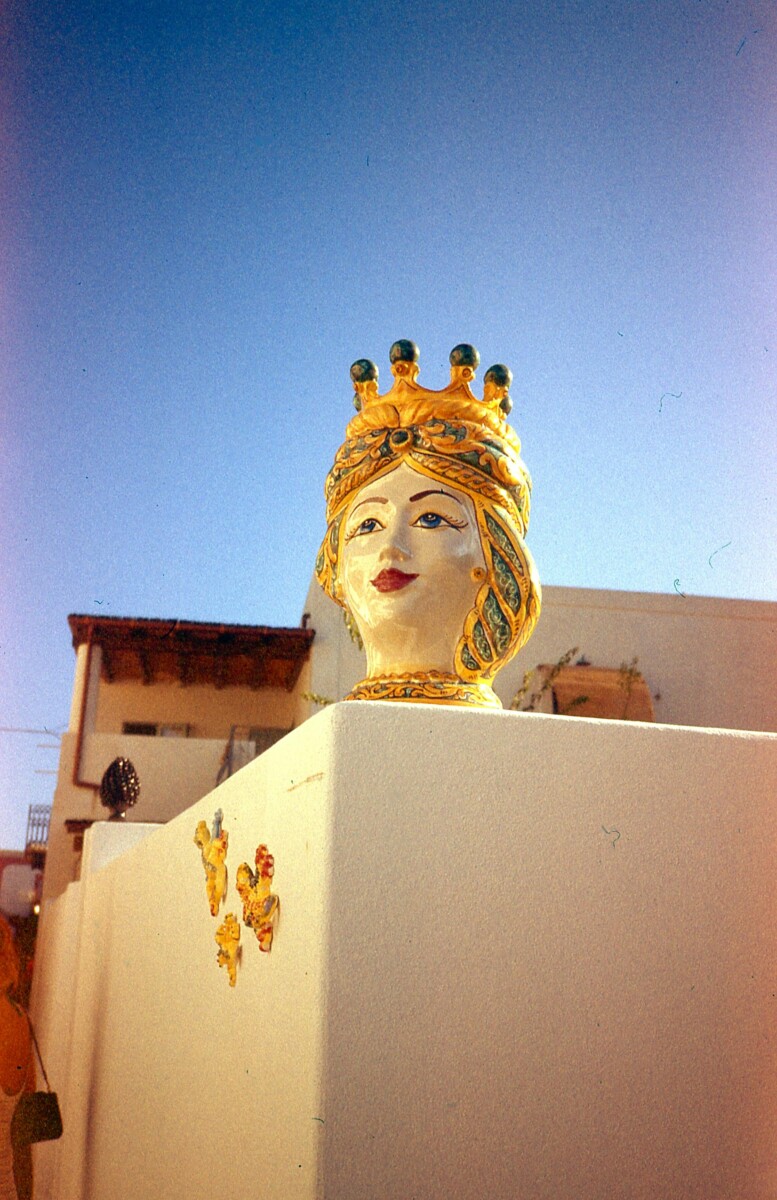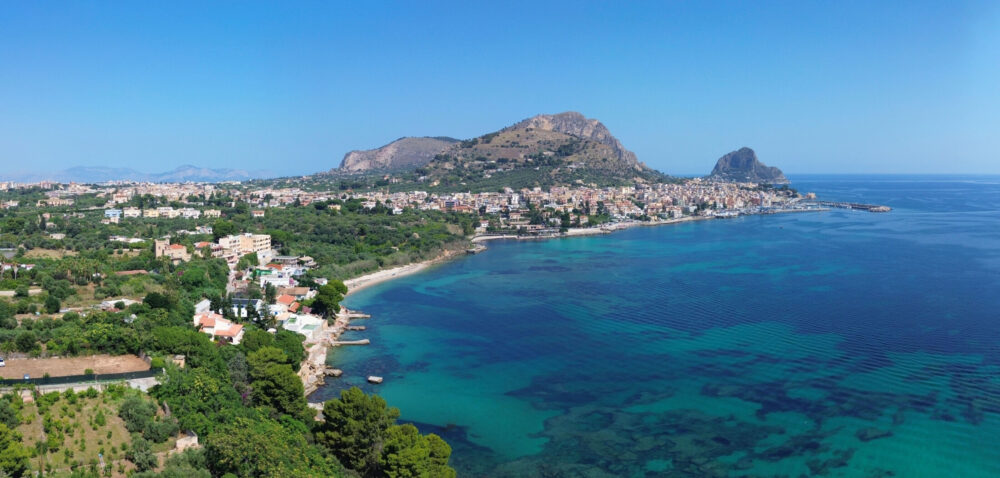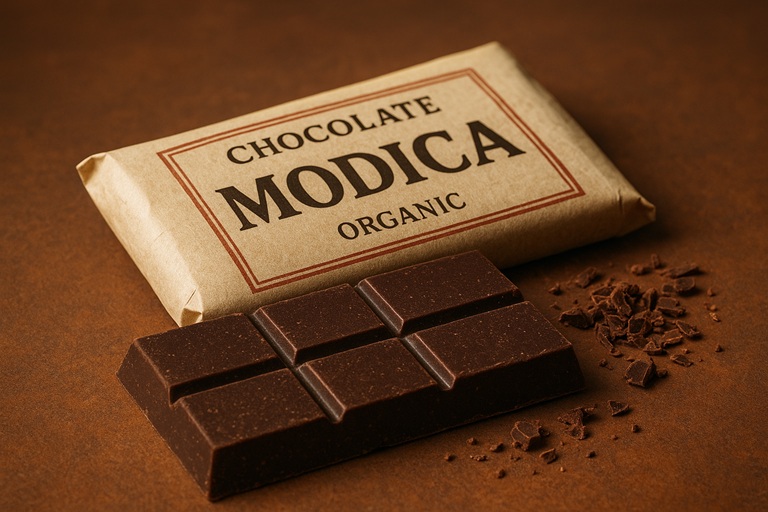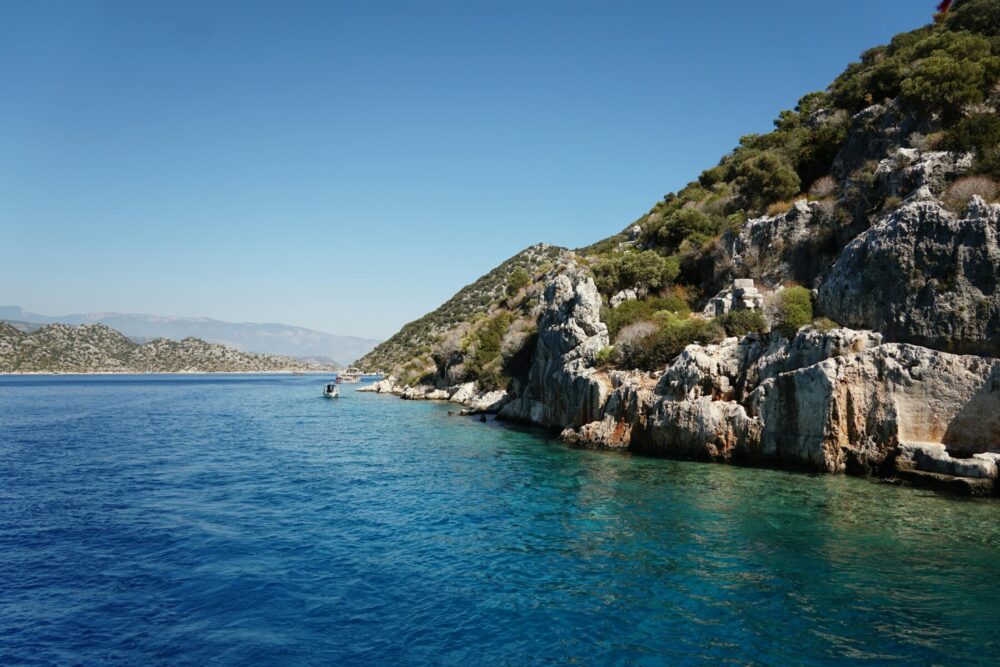Sicilian Cassata: Its Origins and Curiosities
Sicilian cassata is much more than just a simple dessert; it is a symbol of the rich culinary tradition of Sicily, an island that boasts thousands of years of history and a unique gastronomic culture. This dessert, with its vibrant colors and intense flavors, represents a true sensory journey. Cassata is a masterpiece of baking that encapsulates the essence of Sicily with ingredients that tell stories of Arab, Norman, and Spanish influences. Discovering more about Sicilian cassata means immersing oneself in a world of sweetness and history.
Why is Sicilian cassata called that?
It’s thought the name ‘cassata’ comes from the Latin term ‘caseum’, which means ‘cheese’, but more likely from the Arabic ‘qasat’, which means ‘bowl’ or ‘basin’, referring to the original shape of the dessert. Sicily, a crossroads of cultures and traditions, has seen the influence of numerous peoples, including the Arabs, who have left an indelible mark on the local cuisine. Sicilian cassata, with its round shape and rich decoration, evokes the image of a bowl full of delights.
This dessert, born during the Arab domination, has undergone numerous evolutions over time, enriching itself with ingredients and techniques that have made it a symbol of Sicilian pastry. Ricotta, marzipan, candied fruit, and sponge cake are just some of the elements that make up cassata, each with its own story and particular meaning. The choice of name is not random: it reflects the fusion of cultures and traditions that characterize Sicily, making cassata a dessert that not only delights the palate but also tells a story of integration and sharing.
Why is Sicilian cassata green?
Sicilian cassata, a masterpiece of Italian desserts, is famous not only for its unmistakable flavor but also for its characteristic appearance, dominated by a vibrant green color. This traditional dessert, which has its roots in the history and culture of the island, owes its green hue to the royal icing, also known as almond paste or marzipan, that envelops the cake. The royal icing is often colored with a green pigment, which can come from natural ingredients like spinach or from food coloring, giving the cassata its distinctive appearance.
The choice of green is not random; it evokes the lush Sicilian landscapes and the freshness of the citrus fruits that grow on the island. The addition of pistachios also contributed to this coloration, especially in the older versions or in variants like the Cassata Bronte. Cassata, with its mix of sweet ricotta, candied fruit, and sponge cake, is a symbol of opulence and tradition, perfectly in line with the luxury experience that Domina offers its guests.
What is the history of Neapolitan cassata?
Neapolitan cassata is another type of dessert that encapsulates centuries of history and tradition, skillfully blending cultural and culinary influences that have intertwined over time. Originating from Sicily, cassata has found its unique variant in Naples, where it has been reinterpreted with local ingredients and a touch of Neapolitan creativity. Its history dates back to the time of Arab domination in Sicily, when the use of sweetened ricotta and almonds was introduced, fundamental elements of the original recipe. The simpler Neapolitan version was perhaps brought by Sicilian pastry chefs to the Bourbon court.
Over the centuries, cassata crossed the Tyrrhenian Sea, arriving in Naples, where it was enriched with the addition of chocolate, candied fruit, and a base of sponge cake, replacing the traditional almond paste. This dessert has become a symbol of Easter and Christmas festivities, representing a moment of sharing and celebration. Neapolitan cassata, with its burst of colors and flavors, is a perfect example of how Italian cuisine knows how to reinvent itself, keeping traditions alive and adapting them to the local context. Today, enjoying Neapolitan cassata means immersing oneself in a sensory journey that tells the story of an encounter between different cultures.
In which city was cassata born?
Cassata has its origins in the beautiful city of Palermo. This delight, which today is synonymous with opulence and tradition, was born in a unique cultural context where Arab, Norman, and Spanish influences intertwined to create an unparalleled culinary heritage. Palermo is the place where cassata first took shape between the 9th and 11th centuries, dating back to the period of Arab domination in Sicily.
The main ingredients, such as sheep ricotta, sugar, chocolate, and candied fruit, reflect the encounter between the different cultures that have crossed the island. The most recent and decorated version, as we know it today, was perfected in the late 19th century by the Palermitano pastry chef Salvatore Gulì. Cassata from Palermo is a triumph of flavors and colors, a gastronomic work of art that continues to delight palates all over the world.
Those who choose to stay at the Domina Zagarella Sicily in Santa Flavia will be able to taste the typical cassata of Palermo, an unmissable experience, a sensory journey that combines luxury and tradition in a perfect blend.
Our establishment stands out for its enchanting location on the Sicilian coast, offering breathtaking views and an atmosphere that perfectly blends tradition and modernity. The Domina Zagarella Sicily is designed to offer a refuge of peace and refinement, ideal for those seeking an escape from the daily routine. Book your stay and discover the true meaning of Mediterranean luxury.
